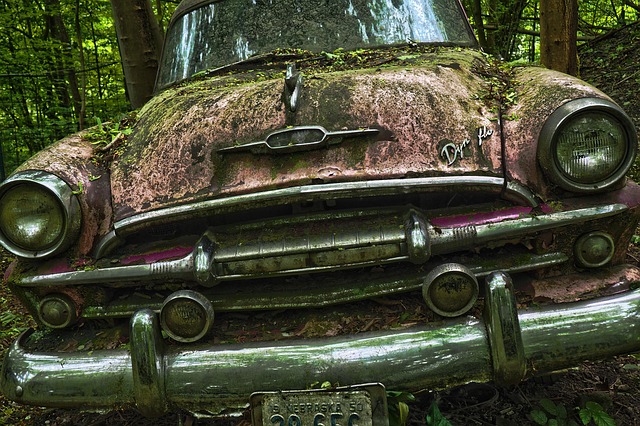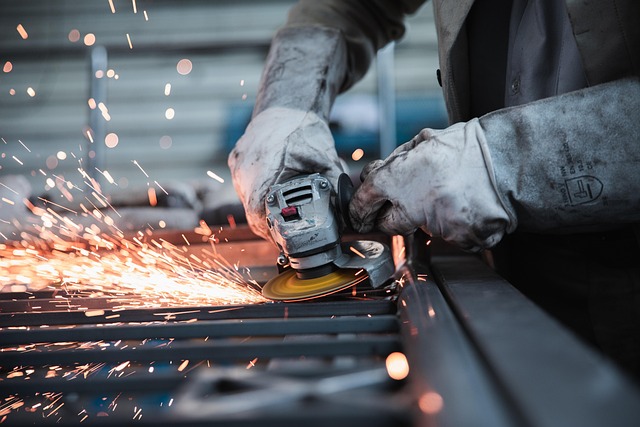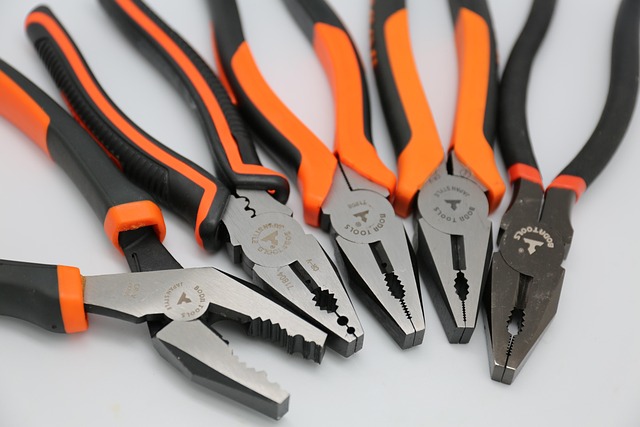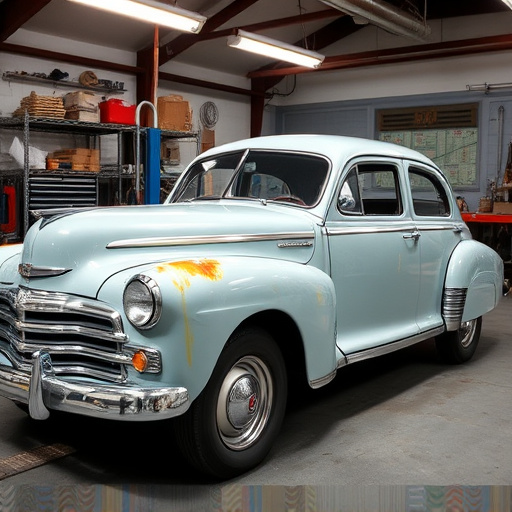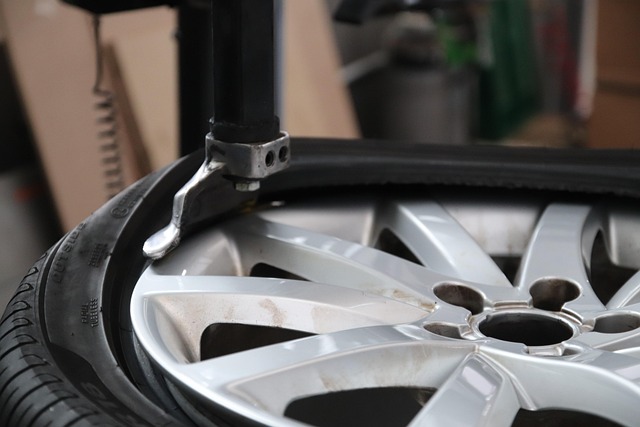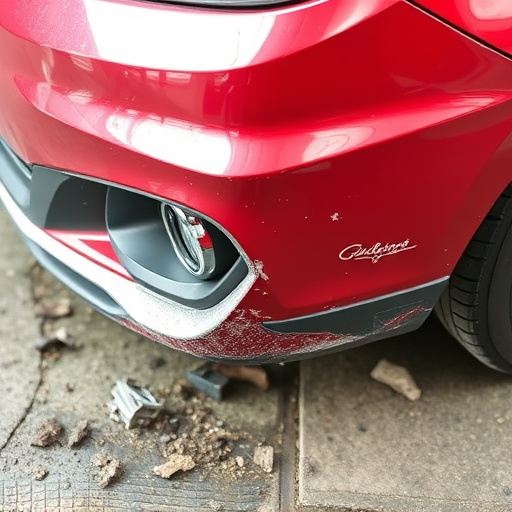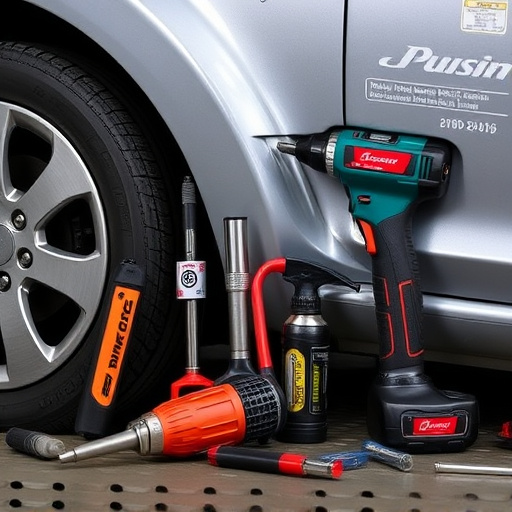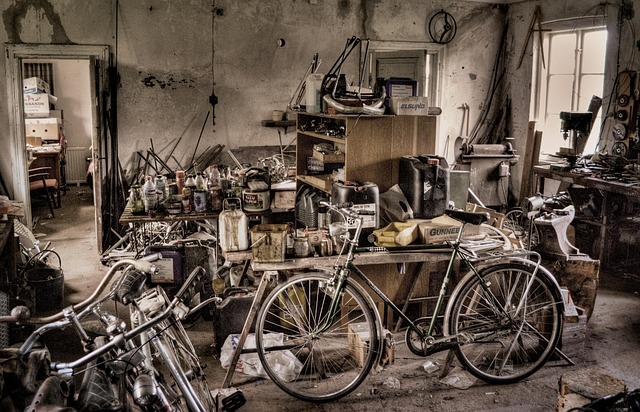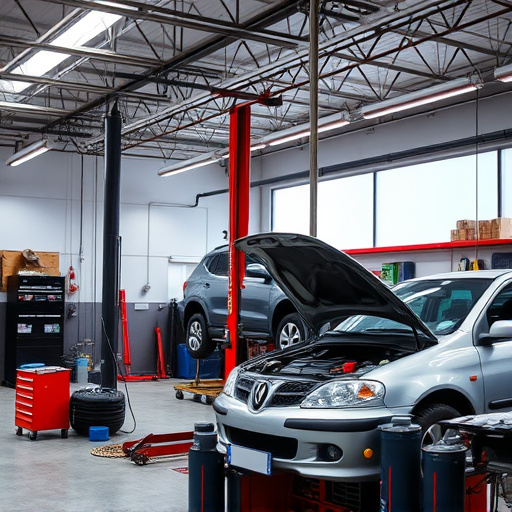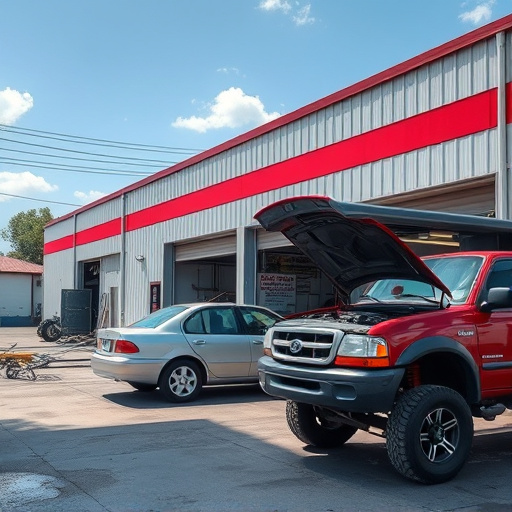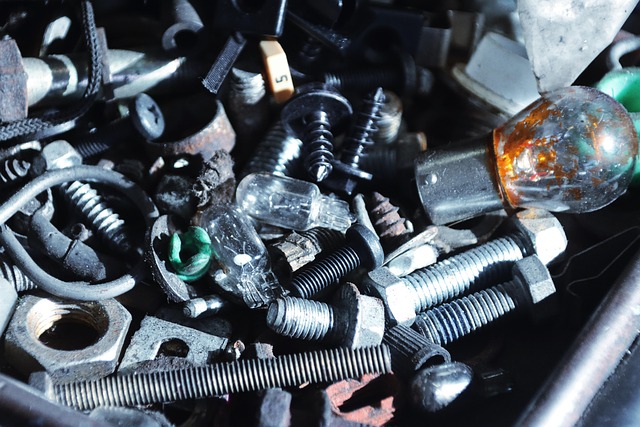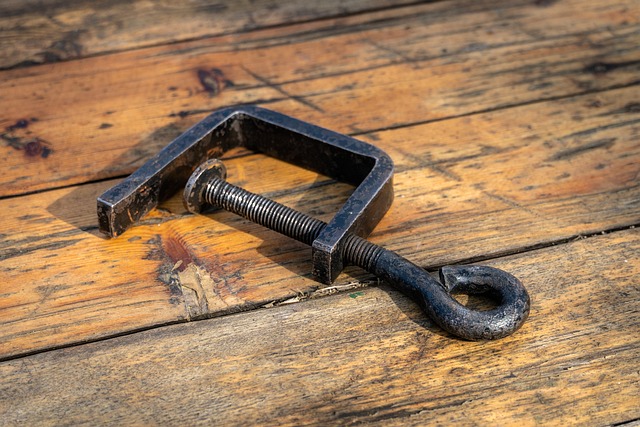UV rays harm tri-coat paint repairs by breaking chemical bonds in the top coat, leading to fading and chipping. Collision centers protect finishes with UV inhibitors. Intermediate layers in tri-coat paints reflect UV light, crucial for longevity. Using UV-resistant paints and clear coatings during restoration prevents environmental damage, preserving aesthetic appeal of these intricate finishes.
“Discover how ultraviolet (UV) rays, invisible yet powerful, can impact your car’s pristine tri-coat paint finish. This article explores the intricate relationship between these rays and specialized paint technologies. We’ll delve into the science behind tri-coat paint finishes, understanding their multi-layer design for enhanced protection. Additionally, we provide practical insights on repairing and safeguarding against UV damage, ensuring your vehicle’s exterior remains a testament to its superior craftsmanship.”
- Understanding UV Rays and Their Impact
- Tri-Coat Paint Finish: A Deep Dive
- Repairing and Protecting Against UV Damage
Understanding UV Rays and Their Impact
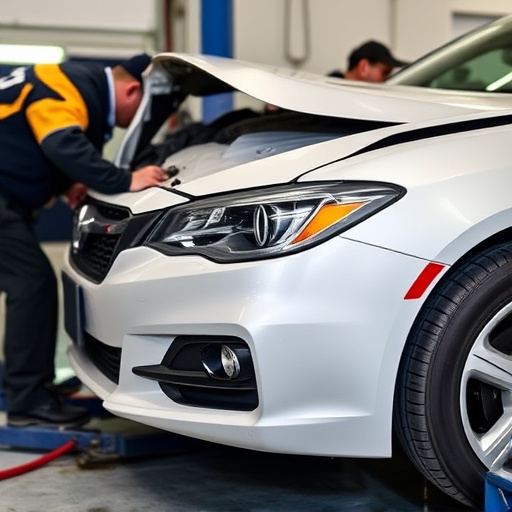
UV rays, a component of solar radiation, play a significant role in the deterioration and eventual damage to tri-coat paint repairs. These high-energy waves are invisible to the naked eye but possess immense power that can alter materials at a molecular level. When UV rays interact with painted surfaces, they can break down the chemical bonds in the paint’s formulation, leading to color fading, loss of gloss, and, eventually, chipping or flaking.
In the context of classic car restoration and collision repair services, understanding this process is paramount. Auto collision centers employ specialized techniques and protective coatings to mitigate UV ray damage. These measures include applying high-quality UV inhibitors during the tri-coat paint repair process, ensuring the painted surface remains shielded from prolonged direct sunlight and intense ultraviolet radiation, thus extending the longevity of the intricate finish.
Tri-Coat Paint Finish: A Deep Dive
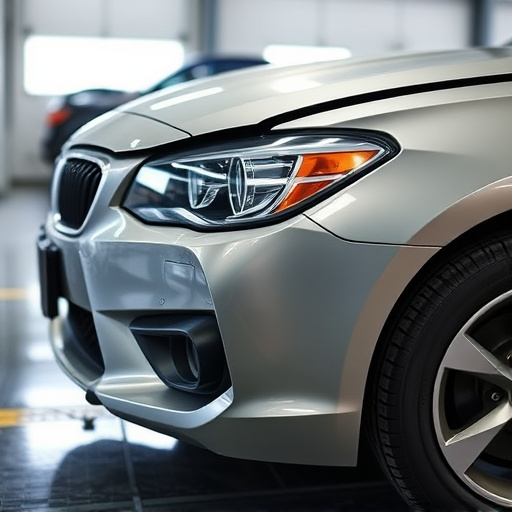
Tri-coat paint finishes are a sophisticated protective layer, often seen on high-end vehicles and carefully restored cars. This advanced coating consists of three distinct layers—a base coat, an intermediate layer, and a top coat—each playing a crucial role in enhancing durability and aesthetics. In car restoration or collision repair scenarios, understanding the impact of UV rays is essential for maintaining these finishes’ integrity.
The top coat, designed to be highly durable and glossy, serves as the final protective barrier against environmental factors like UV radiation from sunlight. While it offers exceptional resistance, prolonged exposure to UV rays can lead to fading, chipping, and eventual degradation. The intermediate layer acts as a bridge between the base and top coats, contributing significantly to the overall strength and longevity of the tri-coat paint repair. It helps reflect and scatter UV light, mitigating its potential damaging effects on the finish.
Repairing and Protecting Against UV Damage
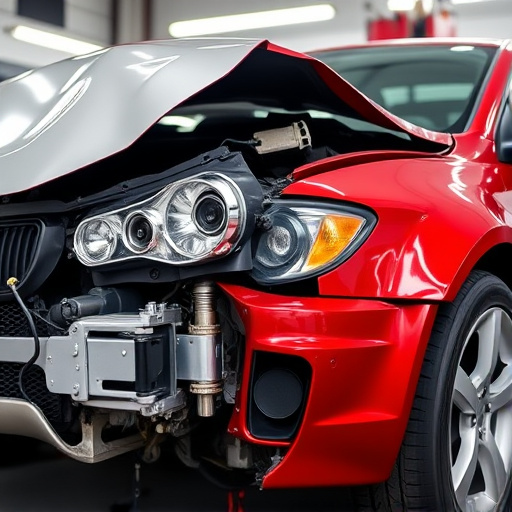
When repairing tri-coat paint finishes, it’s crucial to implement strategies that protect against ultraviolet (UV) damage. UV rays from the sun can degrade and discolor painted surfaces over time, making previously repaired areas susceptible to new damage. To mitigate this, choose high-quality, UV-resistant paints designed for optimal protection against the elements.
During vehicle restoration or auto glass repair, ensuring proper sealing and coating is essential. Reputed vehicle repair services often employ advanced techniques such as applying clear coatings that act as a protective barrier, safeguarding the tri-coat paint repair from harmful UV rays. This step significantly extends the lifespan of the repair, preserving the restored look of your vehicle.
UV rays, invisible yet powerful, pose a significant challenge to maintained exterior finishes, particularly the complex tri-coat paint system. However, through understanding their impact and implementing effective repair and protective strategies, it’s possible to preserve the integrity and aesthetic appeal of these high-quality paints. By focusing on UV damage prevention during repair processes, homeowners and professionals can ensure that tri-coat paint repairs not only look good but also withstand the test of time, safeguarding against fading, cracking, and other deterioration caused by sunlight exposure.
